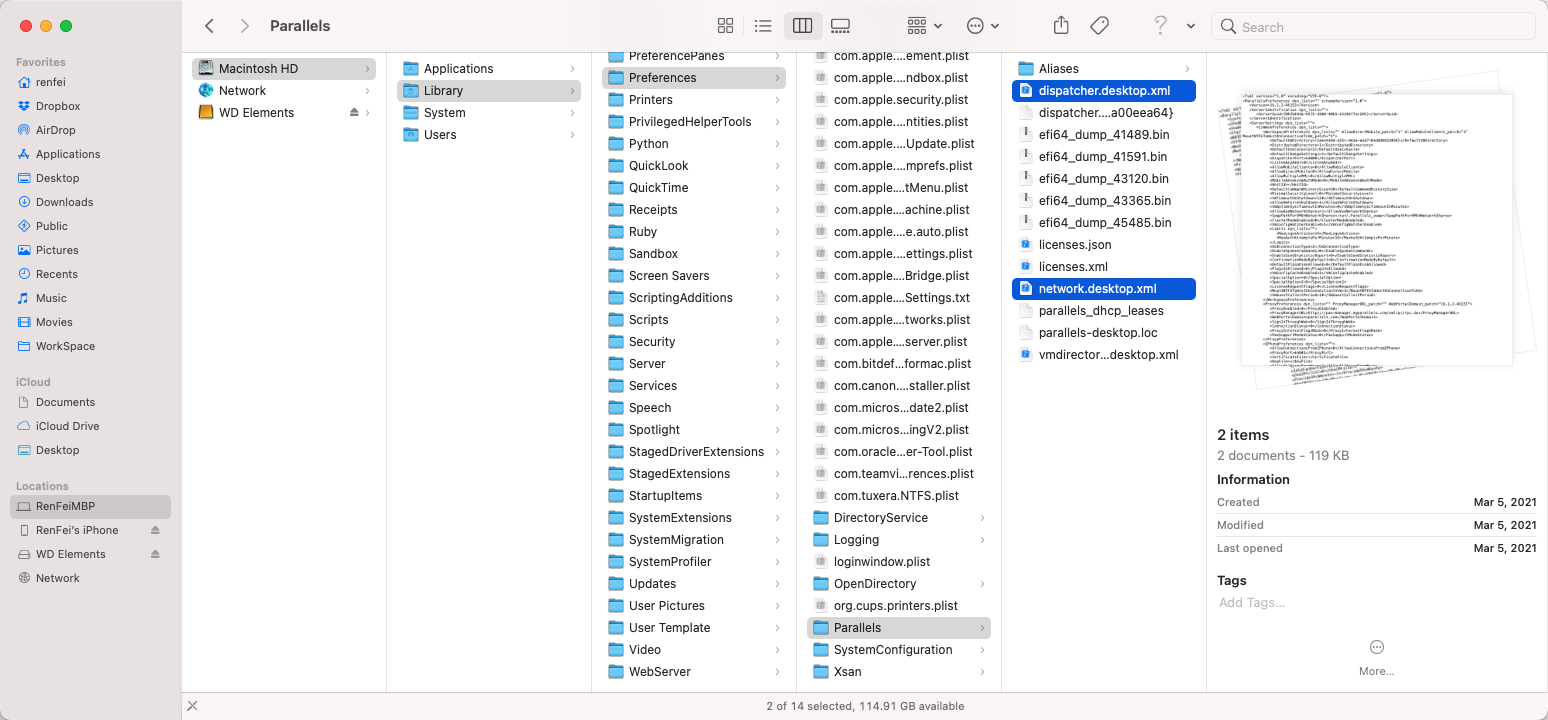

Version 2.5 brought support for USB 2.0 devices, which expanded the number of USB devices supported at native speed, including support for built-in iSight USB webcams. The first official release of version 2.5 was on February 27, 2007, as build 3186. A 104-key Windows enhanced keyboard and a PS/2 wheel mouse.Up to eight USB 2.0 devices and two USB 1.1 devices,.An Ethernet virtual network card compatible with Realtek RTL8029(AS), capable of up to 16 network interface connections,.Up to three bi-directional parallel ports, each of which can be mapped to a real port, to a real printer, or to an output file,.
PARALLELS ACCESS LINUX SERIAL
PARALLELS ACCESS LINUX FOR MAC
Parallels Desktop for Mac is able to virtualize a full set of standard PC hardware, including For example, a running virtual machine can be stopped, copied to another physical computer, and restarted. Because all guest virtual machines use the same hardware drivers irrespective of the actual hardware on the host computer, virtual machine instances are highly portable between computers.

Each virtual machine thus operates identically to a standalone computer, with virtually all the resources of a physical computer. Parallels Desktop for Mac is a hardware emulation virtualization software, using hypervisor technology that works by mapping the host computer's hardware resources directly to the virtual machine's resources.

On January 10, 2007, Parallels Desktop 3.0 for Mac was awarded “Best in Show” at MacWorld 2007. Parallels agreed: “ Since we've got a great Mac product, we should make it look and sound like a Mac product.”, it was therefore renamed ‘Parallels Desktop for Mac’. This name was not well received within the Mac community, where some felt that the name, particularly the term “workstation,” evoked the aesthetics of a Windows product.
PARALLELS ACCESS LINUX FOR MAC OS
Its name initially was ' Parallels Workstation for Mac OS X', which was consistent with the company's corresponding Linux and Windows products. Released on June 15, 2006, it was the first software product to bring mainstream virtualization to Macintosh computers utilizing the Apple–Intel architecture (earlier software products ran PC software in an emulated environment). It is developed by Parallels, since 2018 a subsidiary of Corel. Parallels Desktop for Mac is software providing hardware virtualization for Macintosh computers with Intel processors, and since version 16.5 also for Apple silicon-based Macintosh computers. English, Chinese Simplified, Chinese Traditional, German, Russian, French, Spanish, Italian, Japanese, Brazilian Portuguese, Korean, Polish, Czech


 0 kommentar(er)
0 kommentar(er)
